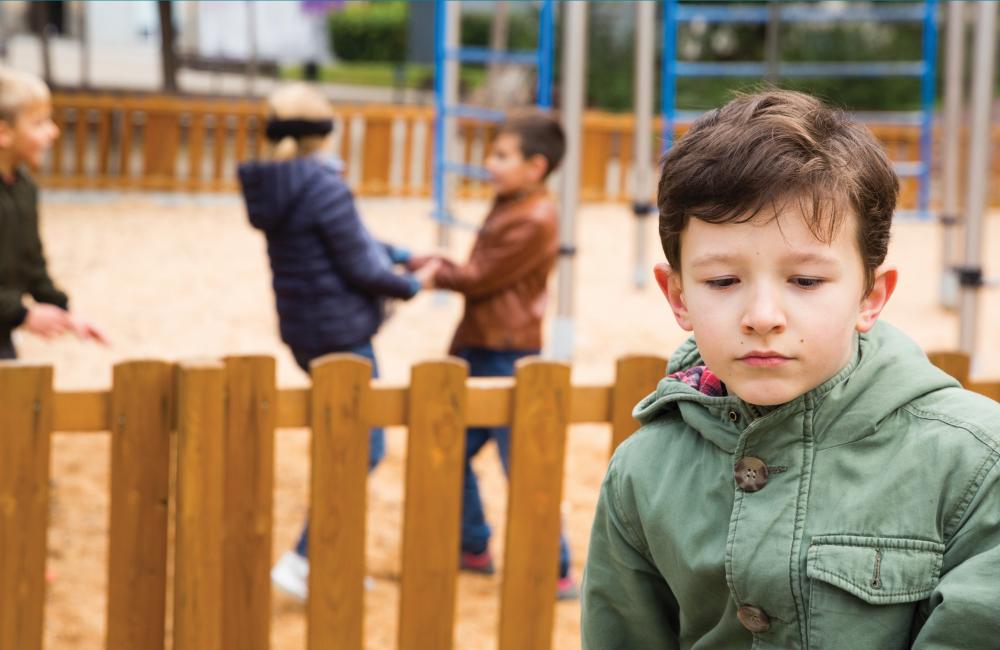Computational researchers from ORNL are working with a Cincinnati children’s hospital to better predict and address mental health disorders in children.
The five-year collaboration between the lab and Cincinnati Children’s Hospital Medical Center will leverage ORNL’s strengths in high-performance computing, health data analysis and artificial intelligence to improve the hospital’s approach to predicting and treating childhood mental illness, focusing first on anxiety, then on depression and finally on suicidal thoughts and self-harm.
The collaboration comes at an important time. The Centers for Disease Control and Prevention estimates that nearly 6 million children from 3 to 17 years old suffered from anxiety between 2016 and 2019, while nearly 3 million experienced depression. The agency says both conditions are on the rise.
According to ORNL computational scientist Greeshma Agasthya, the project aims to develop mental health trajectories for children who visit the hospital, correlating information ranging from medical diagnoses to the children’s home environments with the likelihood that they will develop mental illnesses.
“You’ve seen growth charts for children,” Agasthya said. “Just like growth charts can help predict the expected height and weight of a child at different ages, we aim to build similar charts for pediatric mental health trajectories that can help predict the occurrence of mental health disorders in children.”
Electronic health records data from CCHMC covers children and young adults from birth to age 25. It includes young people both before and after they develop mental health disorders, as well as those who don’t develop any mental health disorders.
The project kicked off at the end of 2021, with CCHMC delivering a hard drive of anonymized patient data to the lab, where it was uploaded to a secure computer server within ORNL’s Knowledge Discovery Infrastructure.
Agasthya noted that ORNL has created several secure infrastructures to house and work with sensitive health data from agencies such as the National Cancer Institute and the Department of Veterans Affairs.
The first challenge was to get the CCHMC data into a format that could be used in deep learning models. Agasthya said the researchers are looking at three types of data. The first, known as tabular data, consists of information such as blood pressure, test results and diagnoses as well as the child’s age, sex, race, ethnicity and language of preference.
The second source of data comprises notes taken by doctors, nurses and other health care providers. To process this information, researchers employ natural language processing methods to automate the search both for specific keywords and for the contexts in which they are used.
Finally, the project looks at data on environmental factors experienced by the patients, such as family income, education levels of the parents, air pollution in the child’s neighborhood and neighborhood crime rates.
Agasthya noted that ORNL is an ideal collaborator for this undertaking. Not only does the lab’s Oak Ridge Leadership Computing Facility house two of the world’s four most powerful supercomputers — No. 1 Frontier and No. 4 Summit — the lab is also home to world-leading experts in machine learning, artificial intelligence and quantum information science.
The outcomes from the Cincinnati project will enable early intervention in clinics by helping health care providers identify children who are likely to develop mental health disorders before they manifest and disrupt patients’ lives.
“We have information for both patients with and without mental health illness,” Agasthya said. “Using this information, we will create computational models to determine, given a child’s baseline, what is the probability of the child developing a mental health disorder in the next six months, one year, five years, 10 years and so on. We can also identify the most important factors that influence a person’s mental health in the first 25 years of their life.”


